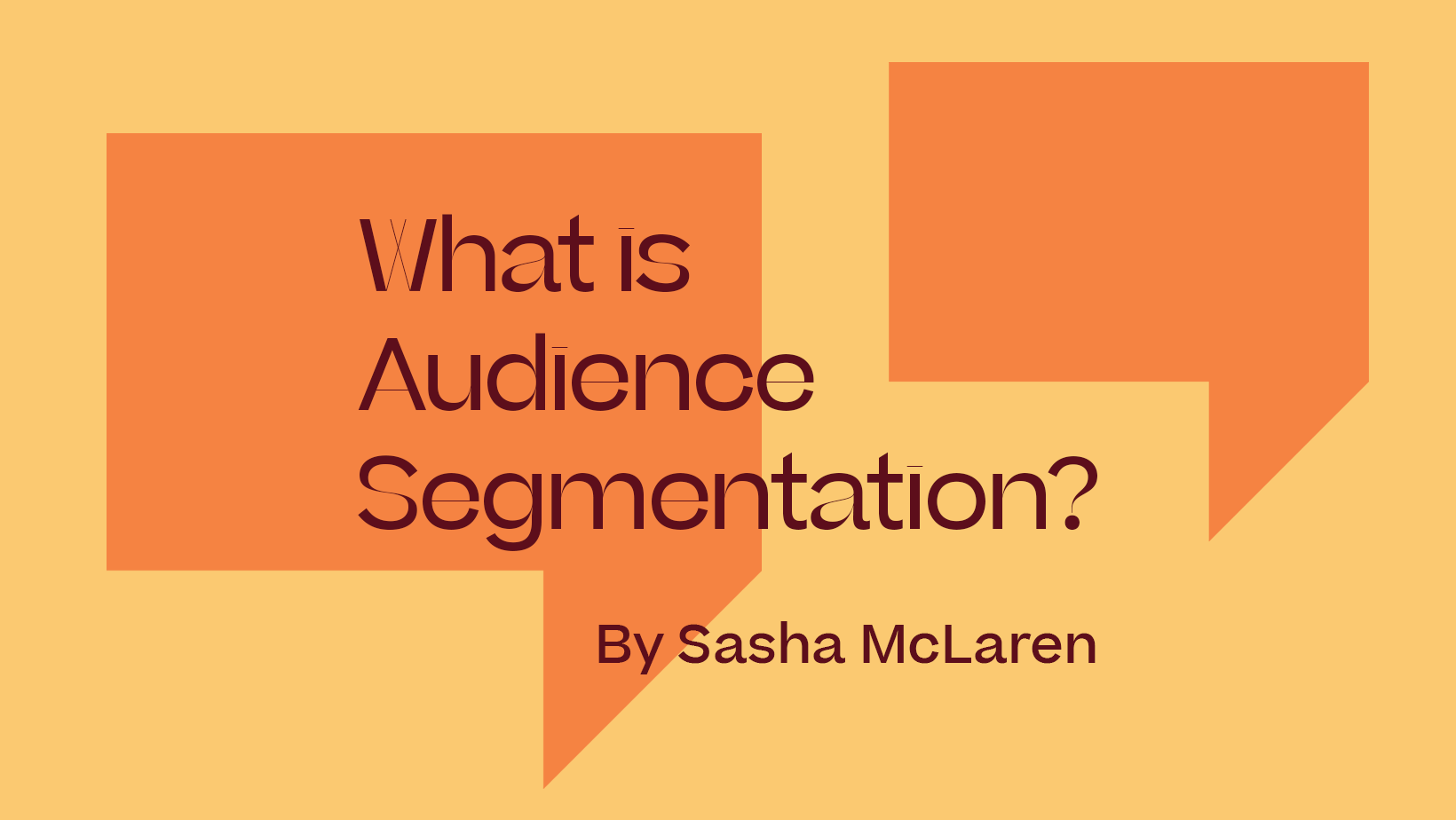New to Audience Segmentation? Step this way...


For those of you new to this term, or those interested in what the research shows us about segmented audiences here in the Waikato, please step this way….
Audience segmentation organises audiences into segments or subgroups, with a vision to speak directly to these groups, using language and approaches you know will vibe with them.
Segments can be based on traditional demographics (ethnicity, gender identity, income etc) or on shared values / experiences (psychographics).
Creative New Zealand (CNZ) has funded lots of psychographic audience research in Aotearoa through an approach known as Culture Segments. This approach has been designed by Morris Hargreaves McIntyre, and they utilise a system with eight different identified Culture Segments. Each segment is grouped together based on their values towards arts and culture, and these in turn tell us a lot about their attitudes, choices and cultural consumption.
Link to the 8 Culture Segments research here
Here in the Waikato, the research tells us that Expression and Affirmation are our largest segments totalling 125k people, which means a large percentage of local audiences are looking for experiences that are community-focussed, communal experiences that will be fun and engaging. These are followed by Release (time-poor people who want to treat themselves), Essence (who seek high-quality arts experiences) and Enrichment (who want enriching learning experiences).
In theory, you can target your promotion to appeal to these different audience segments, because you’ll understand a sense of what the different groups care about, and where they’re likely to hang out online and in person. Check out the link above to learn more about the eight segments, or take the quiz here to find out which segment you identify as.
The latest values-based research Audience Atlas Aotearoa gives us lots of relevant and interesting information about our Waikato audiences link here.
Such as, 76% of our audiences in the Waikato engage with art and culture for social reasons. Over half of our audiences want more than just social time, with 60% also “seeking intellectual, emotional or spiritual return on their time and money”. We in the Waikato have an appetite to experience new things. And the main barrier for our audiences (39% or 47k) is, above all else, cost (identified by all demographics, not just those on lower incomes).
With this in mind, we know we need to consider the whole experience of our audiences, particularly their desire for social connection. We should also be mindful of ensuring we have accessible creative experiences, and could consider offering payment options for our audiences where we can, such as paying in instalments, or pay-what-you-can ticketing, as a way to combat their biggest obstacle.
While culture segmentation and research can give us some interesting insights, it can depend on the scale of your audience for really effective segmentation, and may not provide the level of insight you want. There is potential in this resource, but it depends how it is applied in your work. Each tool has its use, and we need to pick the ones that help us best connect with our audiences.
Remember, good audience development mahi (work) is ultimately about developing a genuine connection with your audience, striving to understand what drives them by asking them directly (through feedback forms etc) and ultimately providing a meaningful experience for both them, and you.
Explore more of Sasha’s role on the Audience Development page here.